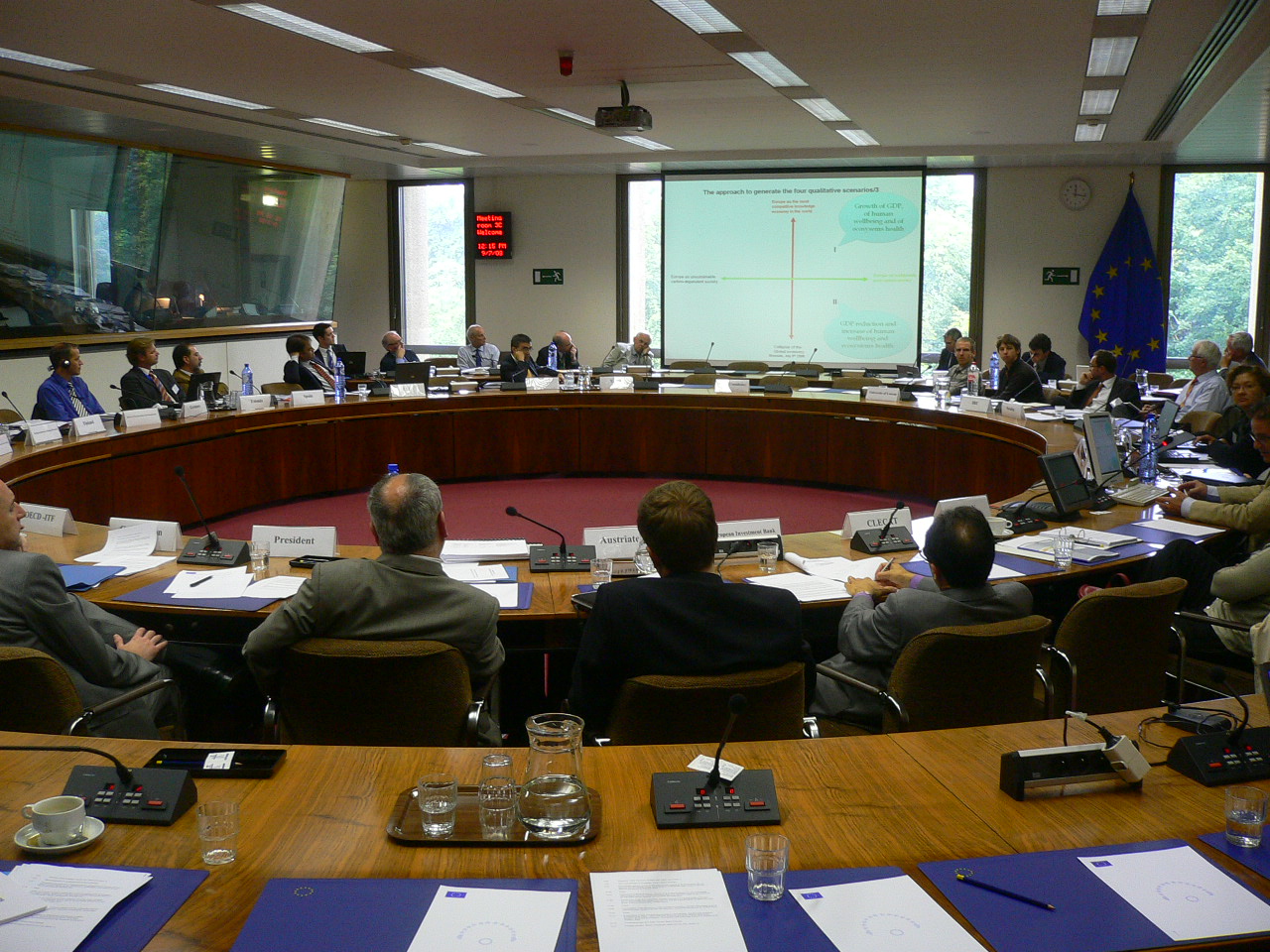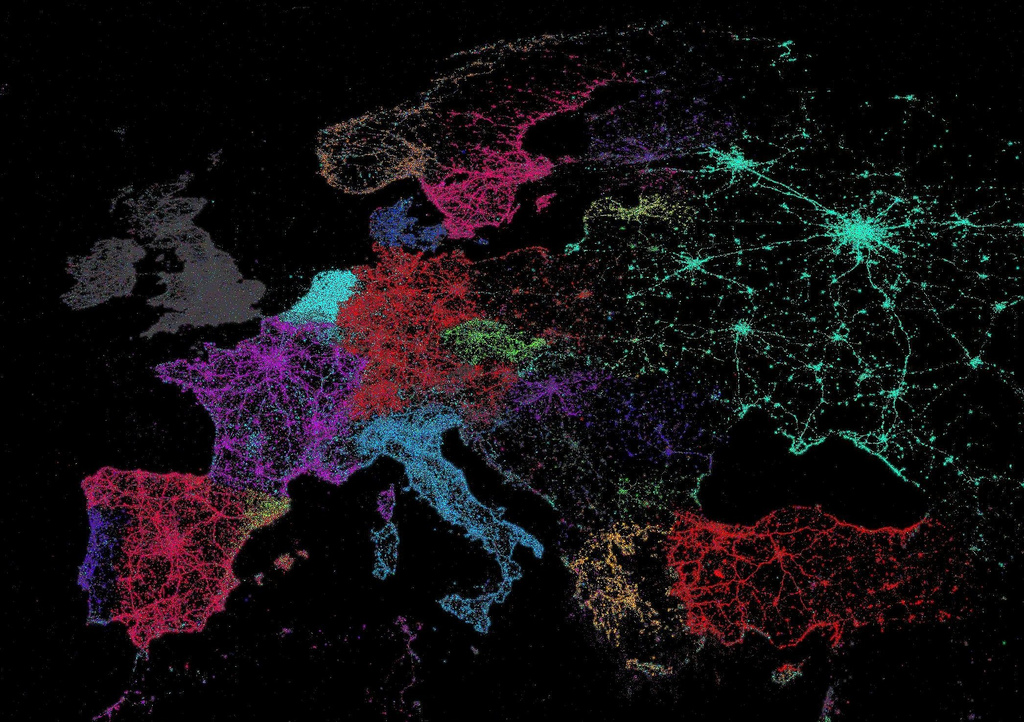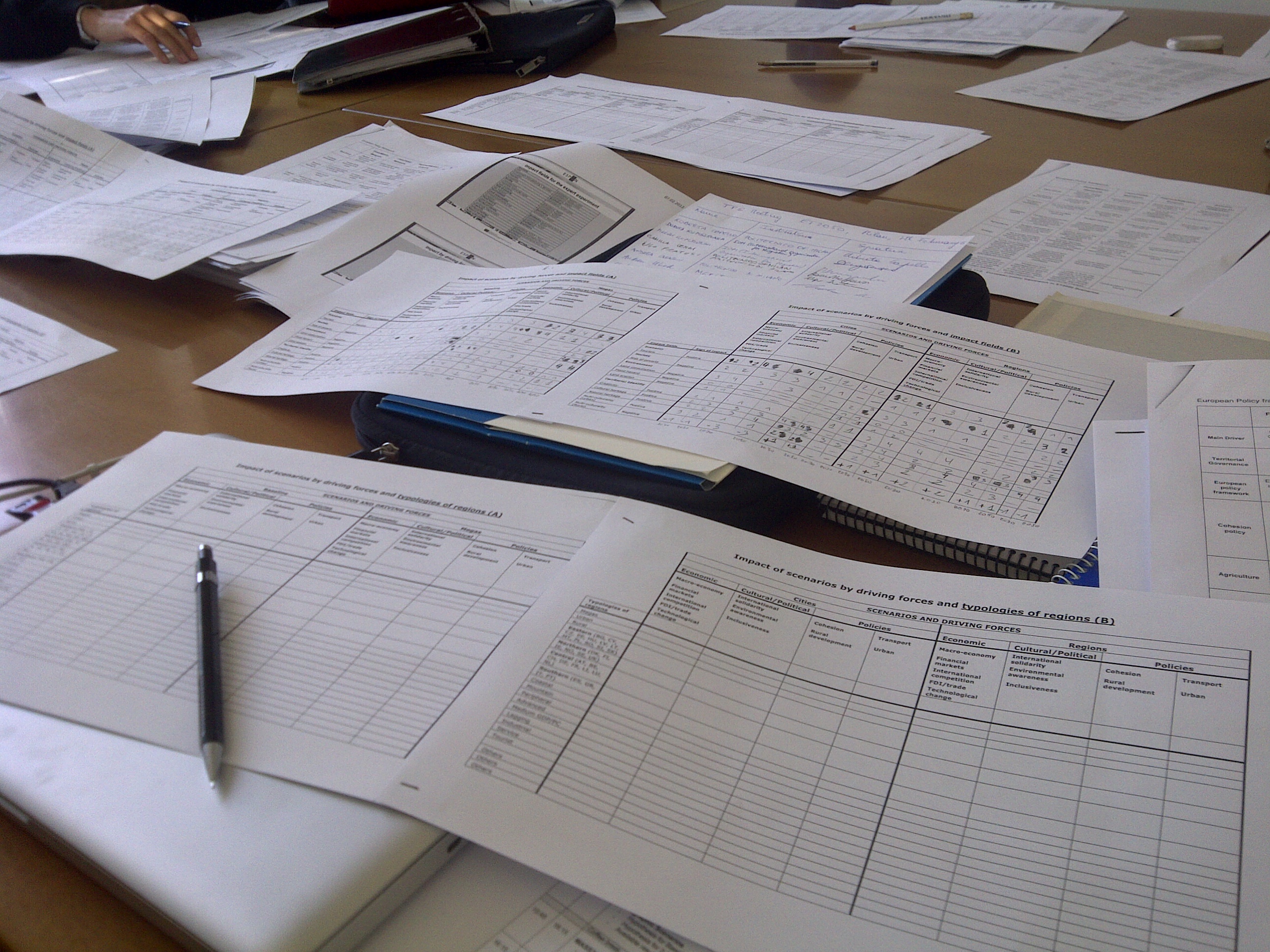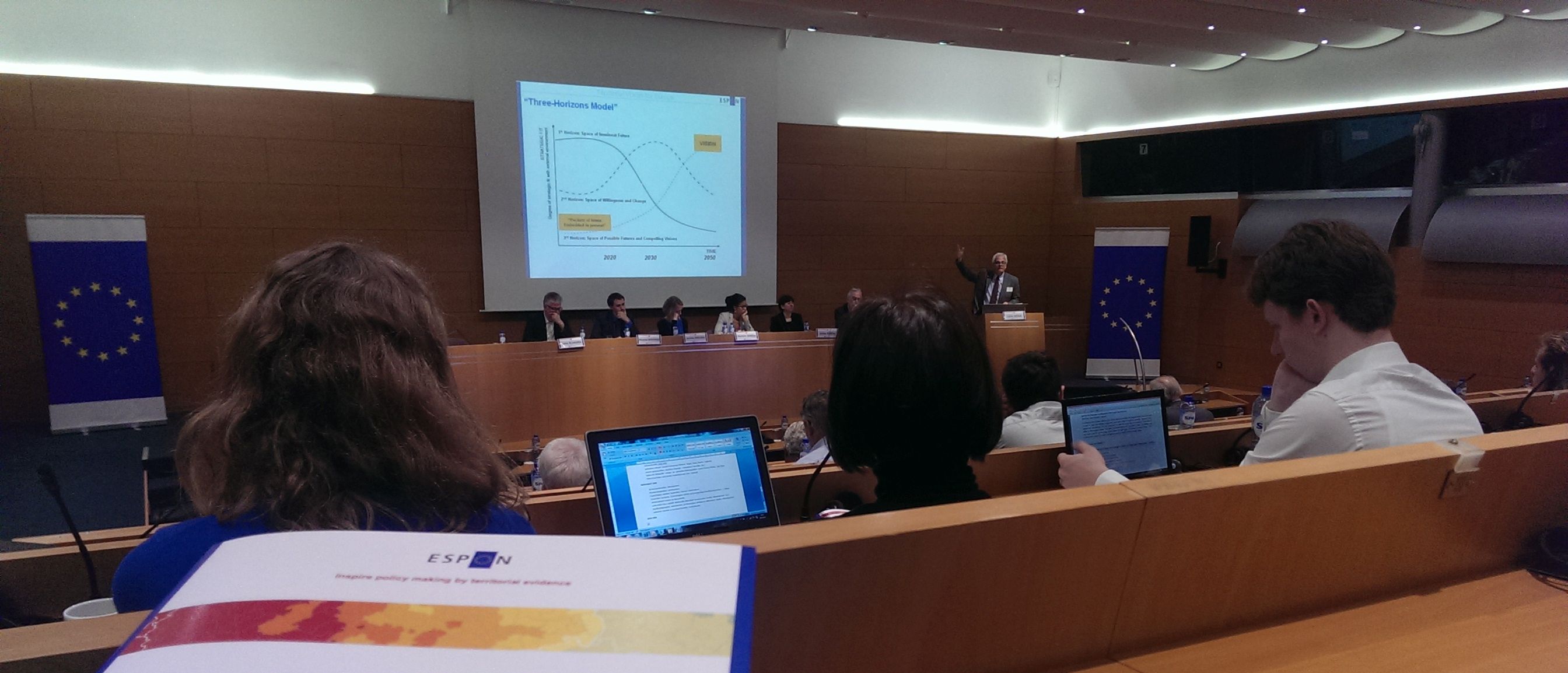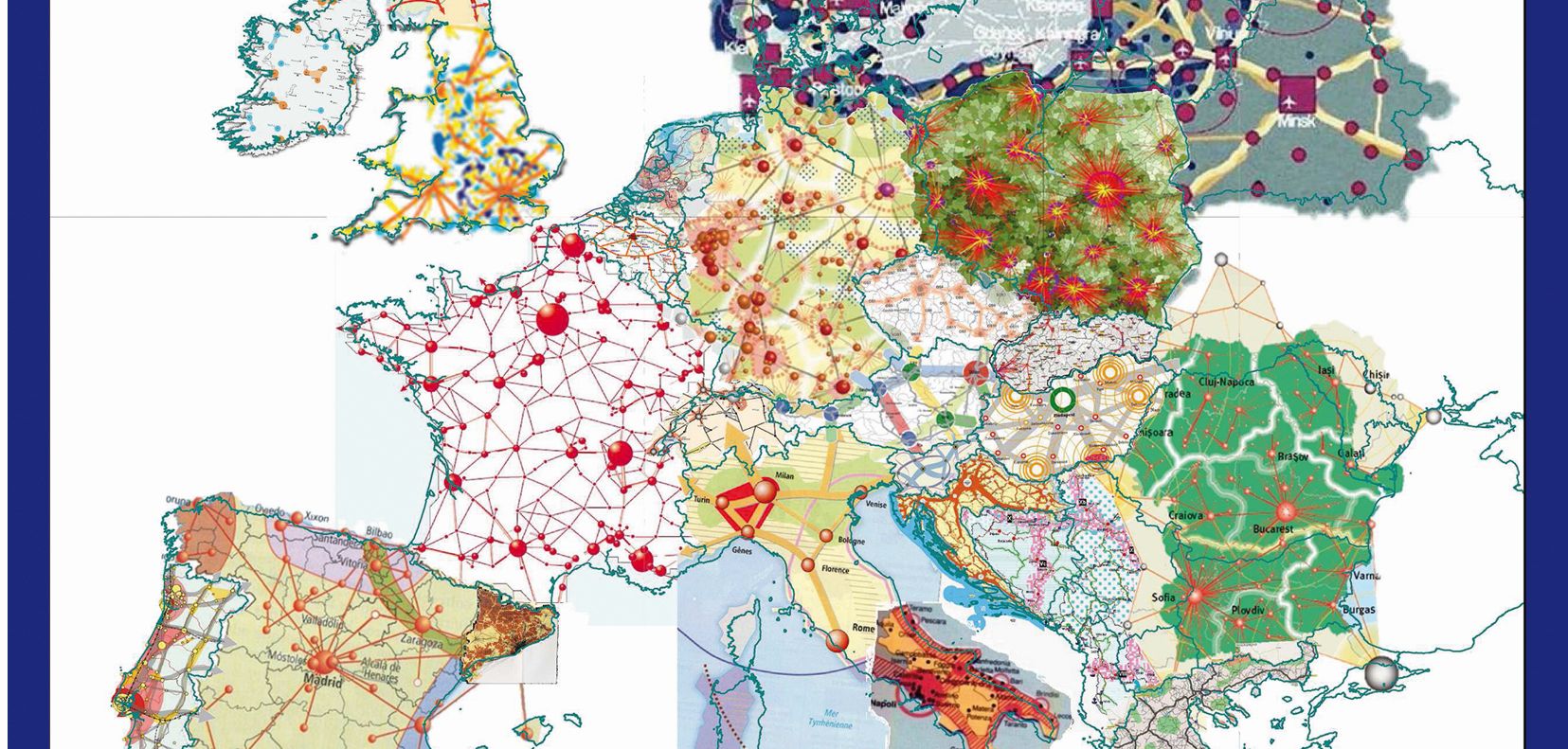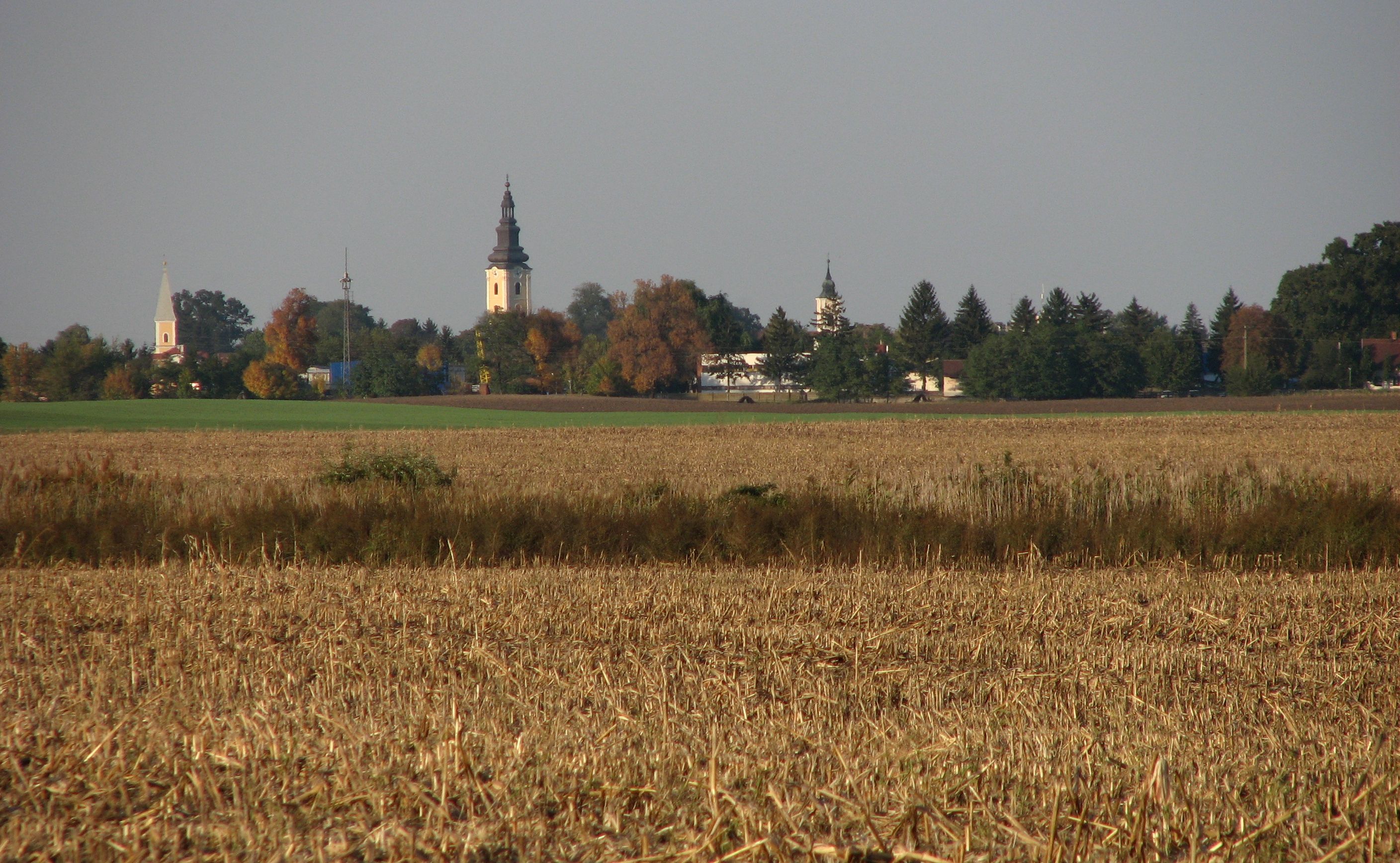OUR MISION
Our main objective is to facilitate and inspire the revision of the Territorial Agenda post-2020. To do so, a large participatory process is envisaged leading to the definition of a new long-term Territorial Reference Framework. This Territorial Framework should help informing and shaping the territorial dimension of EU strategic policies post-2020 and longer term cohesion goals.
A Long-term European Perspective is understood as the strategy which would reconcile the objectives of territorial cohesion and competitiveness. In the Terms of Reference, its content is further structured and detailed:
- Key long-term challenges and opportunities that will shape Europe’s territories and regions up to 2050 and beyond
- Ideal situation for Europe’s territory in 2050 in order to achieve EU cohesion and convergence goals
- Key thematic policy areas being relevant for regions and cities from a territorial point of view
- Most appropriate and efficient EU investment strategies
- Governance mechanisms for a Territorial Agenda post-2020 to bring about greater strategic coherence and integration with other EU strategic policies and investment programmes
Even if each Member State, or even each region, has different planning traditions and institutional frameworks to coordinate sector policies and to deal with spatial development in their territories, there is a remarkable coincidence between most national Spatial Plans or Visions in Europe in favouring both open and polycentric spatial structures. “Making Europe Open and Polycentric” was as proposed by ET2050 (2014) following up and updating the ESDP and the Territorial Agenda 2020, with the ambition to contribute to the increasing coherence of single European spatial development strategies. There is a remarkable coincidence on how Europeans would like their cities and regions to be like, and this fact is remarkably differently from most regions in the rest of the world. Also social inclusion and environmental sustainability are, along with the protection of cultural heritage, core values embedded into European policies. The ET2050 departed from all these hypotheses, and so will do the ERF initiative.
According to the policy conclusions by ET2050 study, a Framework document should be applicable to the whole territory of Europe, including:
- The definition of a set of territorial conditions for Community Aid allocated to sector policies, incorporating territorial considerations into every stage of planning (diagnosis, choice of priorities, methods, monitoring, evaluation of results and impact). The Territorial Framework document would then be an opportunity to better coordinate European policies, generating synergies among sectors, in particular European between funds with explicit territorial dimension (Structural and Cohesion funds, Pillar II CAP) and infrastructure and market regulatory policies in transport (e.g. TEN‐Ts), energy (e.g. Electric Grid), and environmentally protected areas (e.g. Nature 2000).
- The establishment of optimal governance mechanisms of the European Structural and Investment Funds (ESIF), matching decision and problem spaces, making operational the aims of Cohesion Policy for the next programming period 2021-2017.
The Framework document has to provide workable and realistic mid-term policy proposals for the integrated governance of the Territorial Agenda post-2020, as well as for strategic investment programmes in Europe’s territories, regions and cities. This should represent a means towards the advancement of the long-term territorial development perspective.
The policy-analysis will focus on those areas where a shift towards an integrated place-based approach may be more relevant during the period 2020-2027. The analysis will consider the whole European territory, the neighbouring countries and the rest of the world. According to previously mentioned ESPON projects, a “New Generation” of Cohesion Policy is needed to deal with the new challenges ahead. The general approach adopted was as follows: Cohesion Policy should be reformed following a stronger place‐based approach, encouraging the development of integrated plans in functional areas, empowering local and regional government to support more business‐friendly environments and entrepreneurship. European funds have to be more sensitive to macro‐economic cycles, as well as to the gradual opening of European markets to global competition. Structural and Cohesion Funds need to be better coordinated together with the Agricultural Fund for Rural Development (Pillar II, CAP). Transnational cross border zones have to be promoted, such as the Baltic region, the Danubian region, the Black Sea, the Adriatic‐Ionian region, the Alpine region, the West Mediterranean, as relevant geographic scales to define integrated spatial development policies. This general vision derived from a territorial reference prospective will be now further developed in relation to ongoing specific debates on Cohesion Policy reform for the 2020-2027 period.
The Territorial Perspective, Framework Reference and Mid-term policy proposals should come from a deliberative process open to experts and stakeholders. The key challenge of this Applied Research is to foster greater stakeholder ownership around the Territorial Framework Reference Document.
This Applied Research Activity will be stakeholder-led be steered by a wide-ranging participatory process through the establishment of an extensive cross-sector dialogue and debate. This will include engagement with high-level policy actors; Directorate-Generals of the European Commission; the scientific community; non-governmental and international organisations; agencies, businesses and individuals involved in both territorial and sector policies; and citizens at all scales.
We consider this participatory process to be an objective on itself. This is because the most relevant outcome of the project should be to inspire and promote the process towards a successful Territorial Agenda post-2020. In this sense, we adopt as operational objectives:
- To promote the interest among key political decision-makers in developing a Territorial Framework Reference Document, updated and consistent in itself, as a basis for the Territorial Agenda post-2020.
- To organise the participatory process in such a way that key decision-makers are involved effectively. Their positive experience should increase their committed to be engaged in the Territorial Agenda post-2020.
- To elaborate scientific materials and documents (in particular the Territorial Reference Framework and mid-term policy documents) to facilitate as much as possible scientific and political consensus, as well as having in mind possible alternatives to follow up of the exercise in the frame of the German Presidency 2020.


